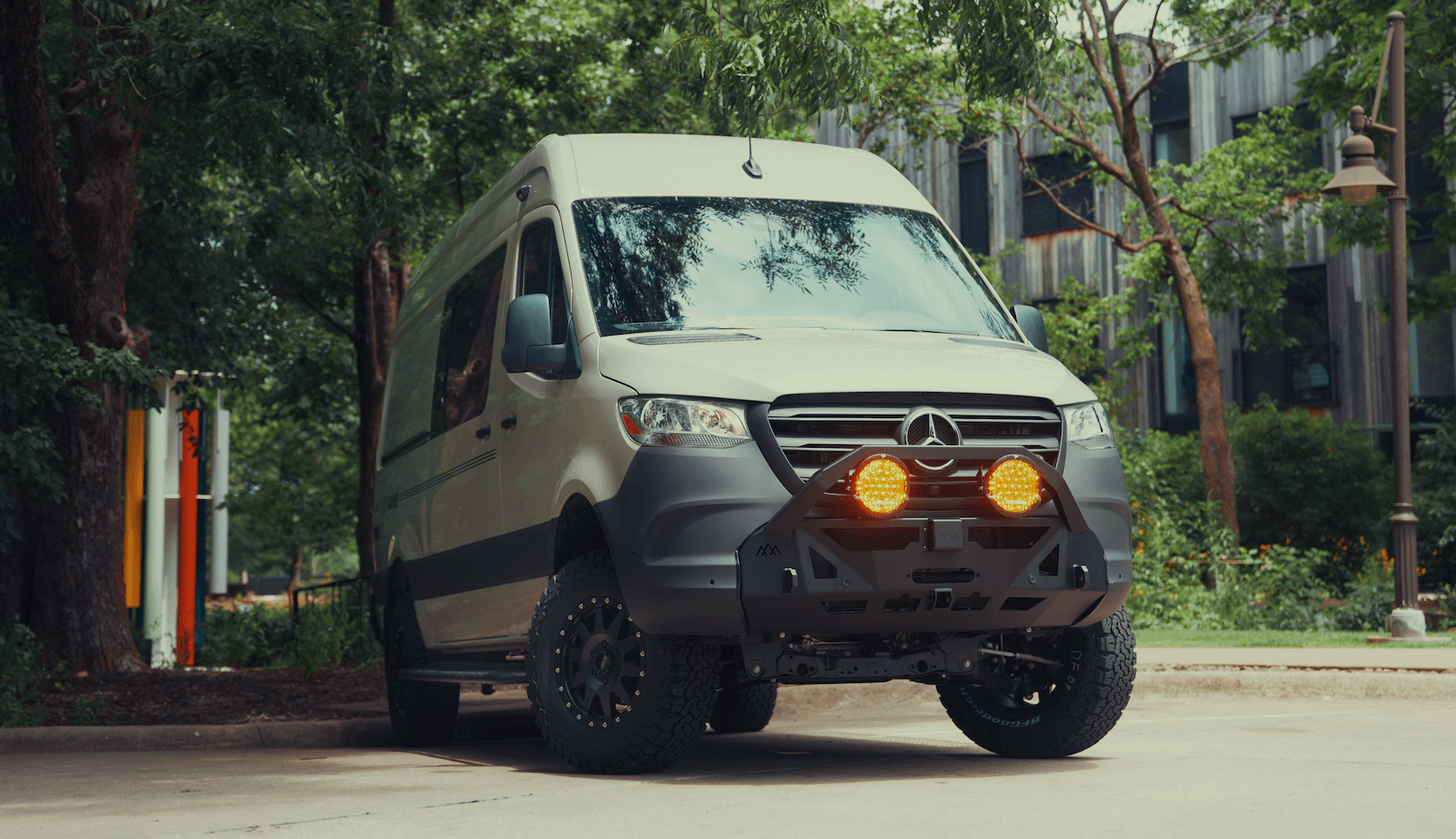Recreational Vans

Solar turns roof space into steady electricity that keeps daily life humming without a generator. A well planned system runs a compressor fridge, lights, ceiling fans, water pump, device charging, and a laptop all day. With enough battery capacity and array size, you can support an induction cooktop or espresso shots in the morning. Large loads like air conditioning remain the toughest draw, typically requiring substantial battery banks and supplemental charging. Think of solar as your quiet base supply that keeps essentials running while you explore.
Many camper van travelers consume 1500 to 3000 watt hours per day. A 12 volt compressor fridge may use 400 to 800 watt hours, a pair of fans 150 to 300, lighting 50 to 150, and laptops plus phones 200 to 500. Occasional induction cooking or an electric kettle can add short peaks of 1000 to 1800 watts, which shaped the move to higher capacity lithium batteries and inverters. Tracking actual use with a shunt monitor removes guesswork and keeps you honest about the numbers.
Start with an energy audit. List each device, its watts, and hours used daily, then total the watt hours. Choose battery storage that covers at least one to two days of use without sun. Lithium iron phosphate is preferred for stable voltage, deep cycling, and lighter weight. Then size the array to put back your daily use in a typical sun window. As a rough guide, weekend travelers often run 200 to 400 watts, long range setups 400 to 800 watts, and high demand rigs may push to 1000 watts when roof space allows.
Monocrystalline rigid panels offer strong efficiency and longevity with better heat dissipation. Flexible panels save height and weight but tend to run hotter and have shorter service life if bonded directly. MPPT charge controllers outperform PWM by tracking panel voltage for optimal harvest, especially in cold or variable conditions. Lithium batteries deliver more usable capacity and faster charging; budget 200 to 400 amp hours at 12 volts for most full time travelers. Use a quality inverter sized to your biggest continuous load with headroom for startup surges.
Roof layout should minimize shading from fans, racks, and antennas because a small shadow can cut output sharply. Plan wire runs with proper gauge to limit voltage drop, and use marine grade tinned copper where possible. Every positive conductor needs overcurrent protection near the source with fuses or breakers sized to the wire and device. Penetrations through the roof require sealed cable glands and clean strain relief. Inside the van, mount gear with ventilation clearances and keep high current components close together to shorten heavy cable runs.
Keep panels clean for consistent harvest, especially after dusty trails or pollen season. A slight tilt can add 10 to 25 percent in shoulder seasons, but parking in full sun often matters more. Shade from one branch can slash output, so learn to angle your van or use portable panels to chase light. Combine solar with alternator charging through a DC to DC charger for cloudy stretches and short winter days. A shore charger remains your plan B when parked at a site with power.
Solar works best as part of a balanced system. Right sized batteries carry you through evenings and storms. An MPPT controller, proper fusing, and clean cable routing protect you and the gear. Good monitoring teaches your daily rhythm, so you know when to brew, when to hike, and when to let the sun do its job. If roof space is tight, a portable panel can supplement camp days without reworking the array. Thoughtful planning makes a van with solar panels feel quiet, capable, and ready for long miles.
High current DC systems demand careful design and precise installation. From crimp quality to thermal management and bonding, the details determine reliability. A professional build team can integrate solar with alternator and shore power, match the inverter to your cooking style, and map wiring that stays serviceable for years.
To see how a complete adventure platform comes together, explore our recreational vans. If a clean sheet approach fits your vision, start a custom build van conversation. Want a financeable base vehicle first? Review our mainstream vans options.
Tell us how you travel and what you power daily. We design and build complete recreational vans with dialed solar, lithium storage, MPPT charging, and tidy wiring that passes the eye test and the multimeter test. Share your trip goals and we will craft an off grid system that feels effortless on the road.
Ready to skip guesswork and get an off grid van that simply works? Tell us how you travel. Our team will design and build a solar and power system matched to your real energy needs, with clean wiring, tested safety, and pro grade components. Start your custom van conversation now.
ADDRESS:
6159 E Huntsville Rd, Fayetteville, AR 72701
PHONE:
(479) 326-9200
EMAIL:
info@ozkvans.com